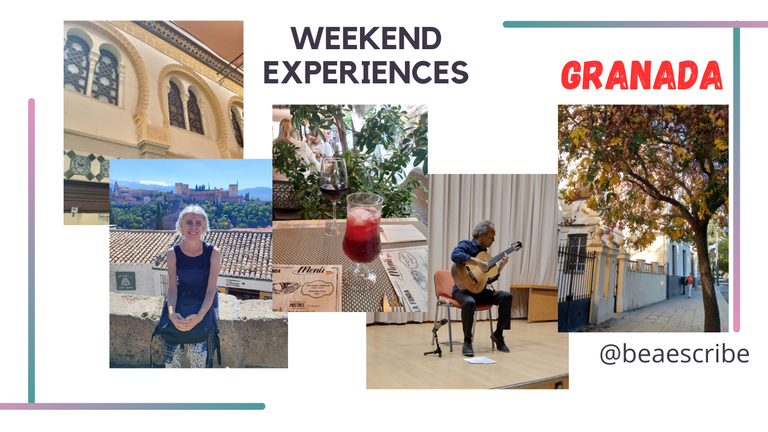
GRANADA

Since two weeks ago I am visiting Spain. It’s my first travel to this beautiful country. Last weekend I was in Granada. City located in the south of the country, in the region of Andalusia. The city where one of my favorite poets, Federico García Lorca, was born, lived and died. Today it is a modern city with buildings and cafes, but like most cities in Spain, it has architectural spaces that have witnessed the centuries of history of the city, castles, monasteries, statues.
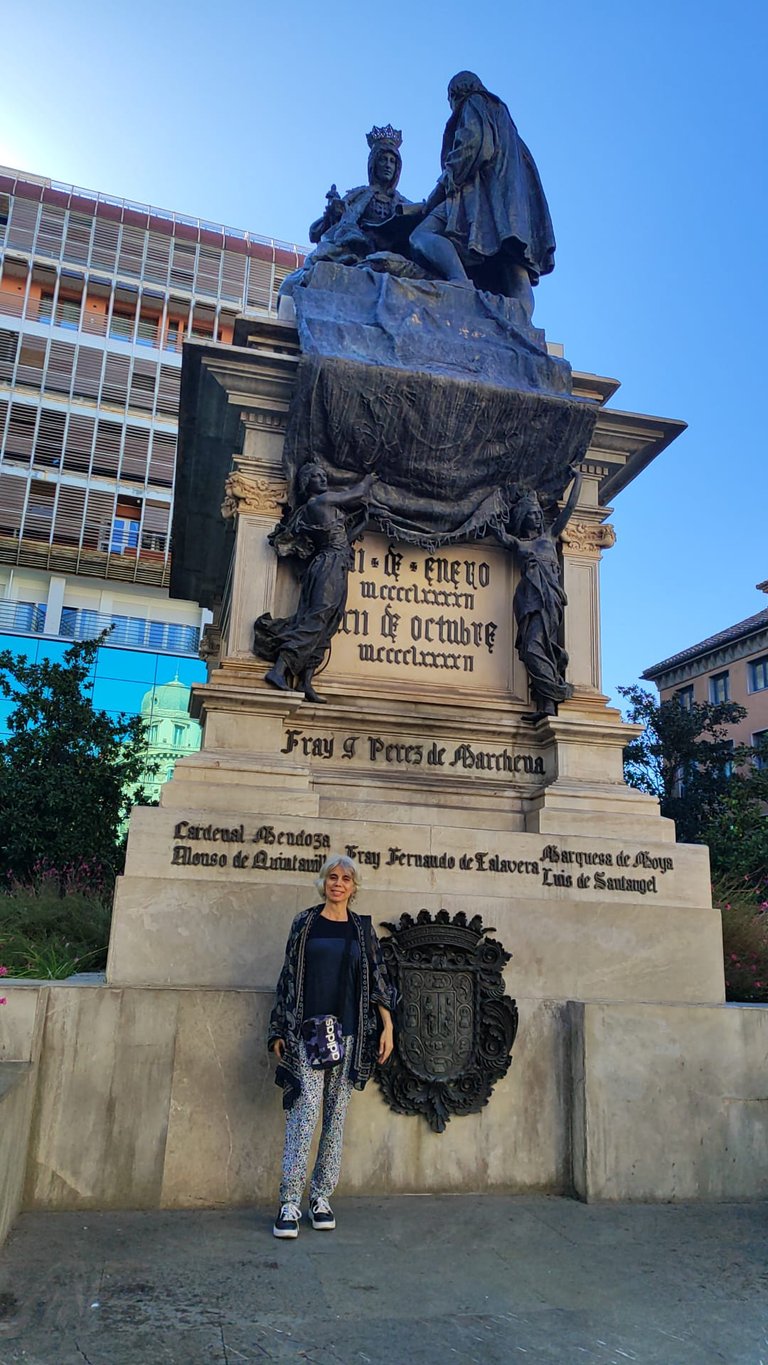
Elizabeth the Catholic square
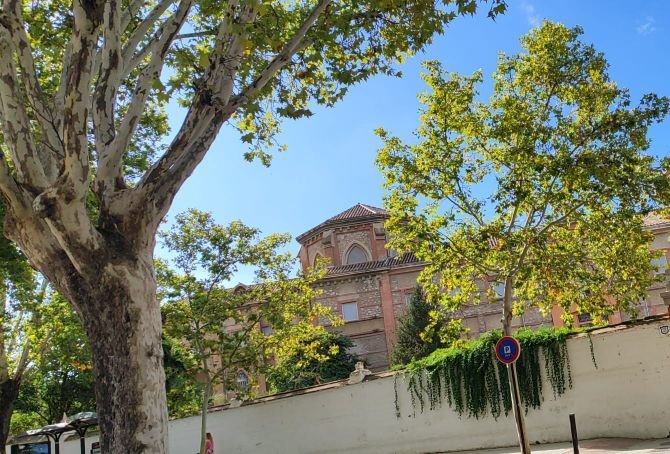
former monastery in Granada which today is a school.
The oldest remains of the city date back to the middle of the 7th century B.C. But its most visited architectural spaces, La Alhambra, El Albaicín belong to the Arab occupation between 1013 A.D. and the reconquest of the city by the Catholic kings in 1492.
Modern City
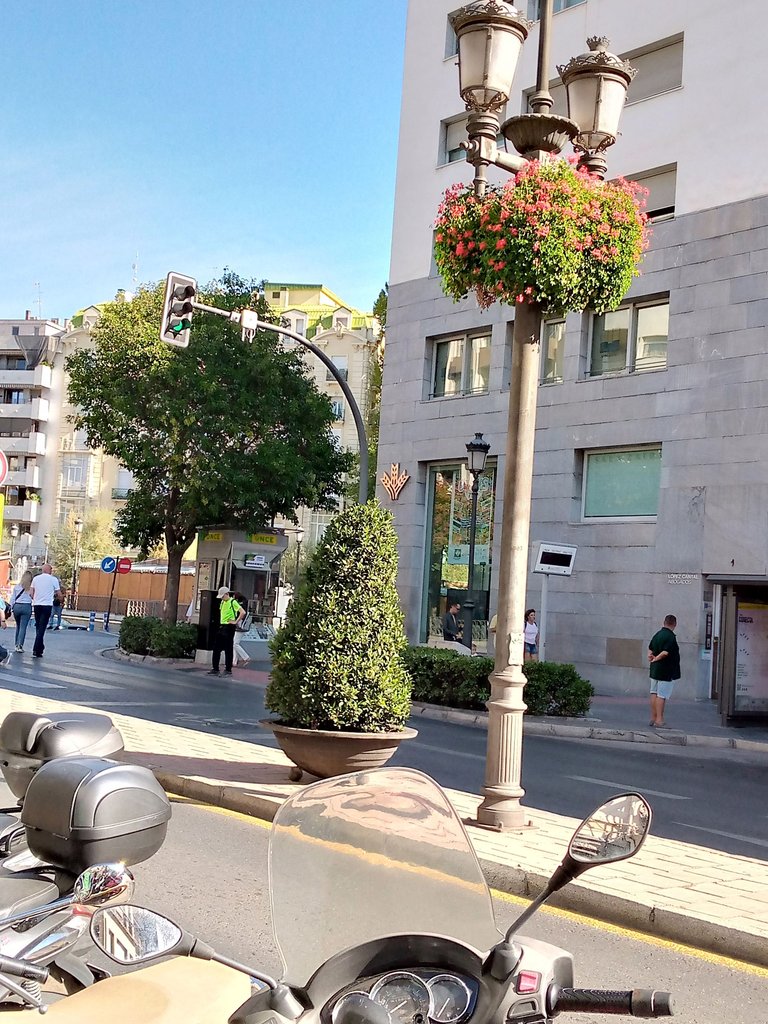
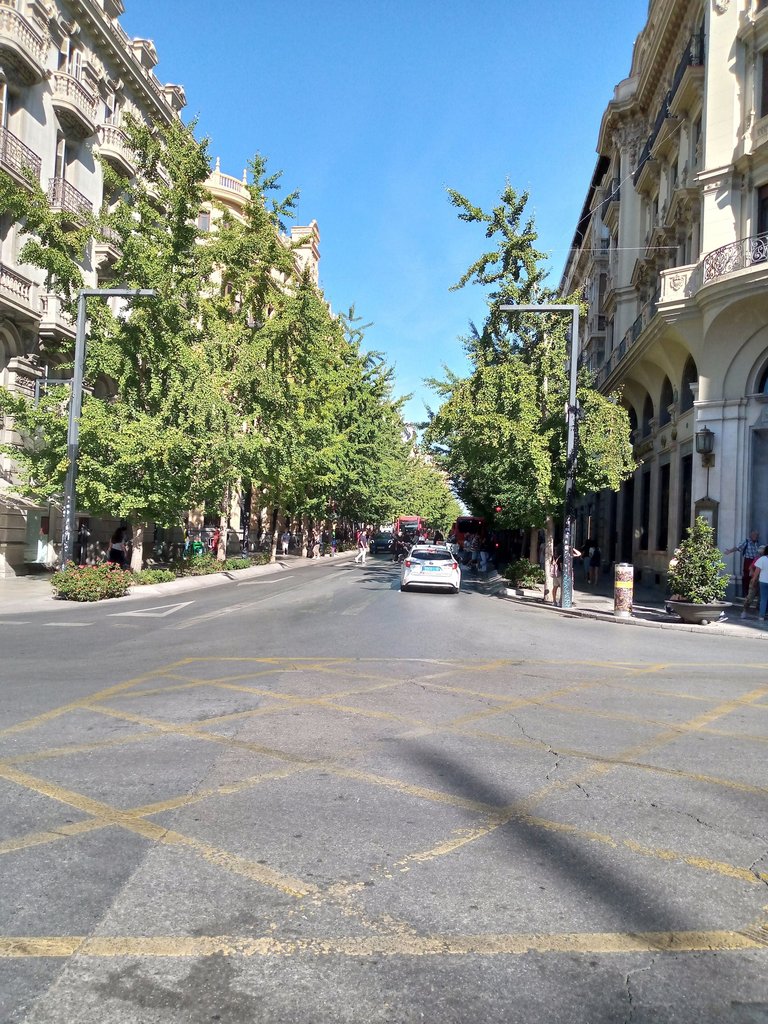
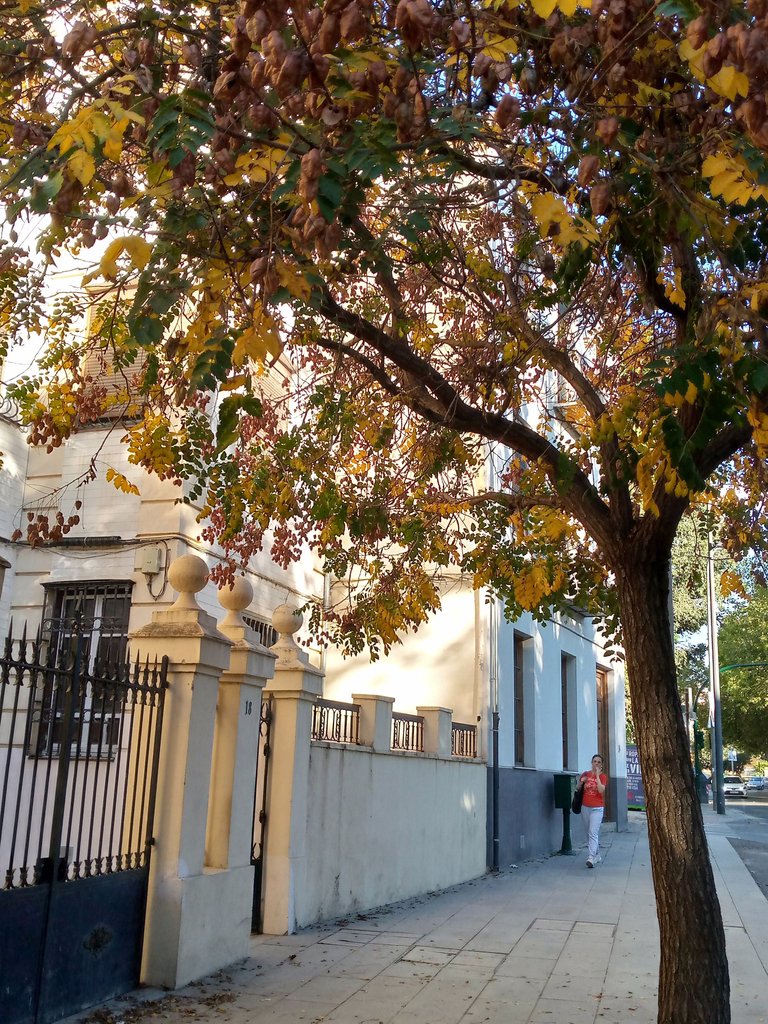
autumn in Granada

The modern area of Granada began to be built in the late 19th century. It is the city of the avenues with street lamps, which are still there, although they have been displaced by the current street lighting and traffic lights; the few-story buildings with beautiful balconies, the narrow streets with cafes or clothing and jewelry markets in Arabic style.


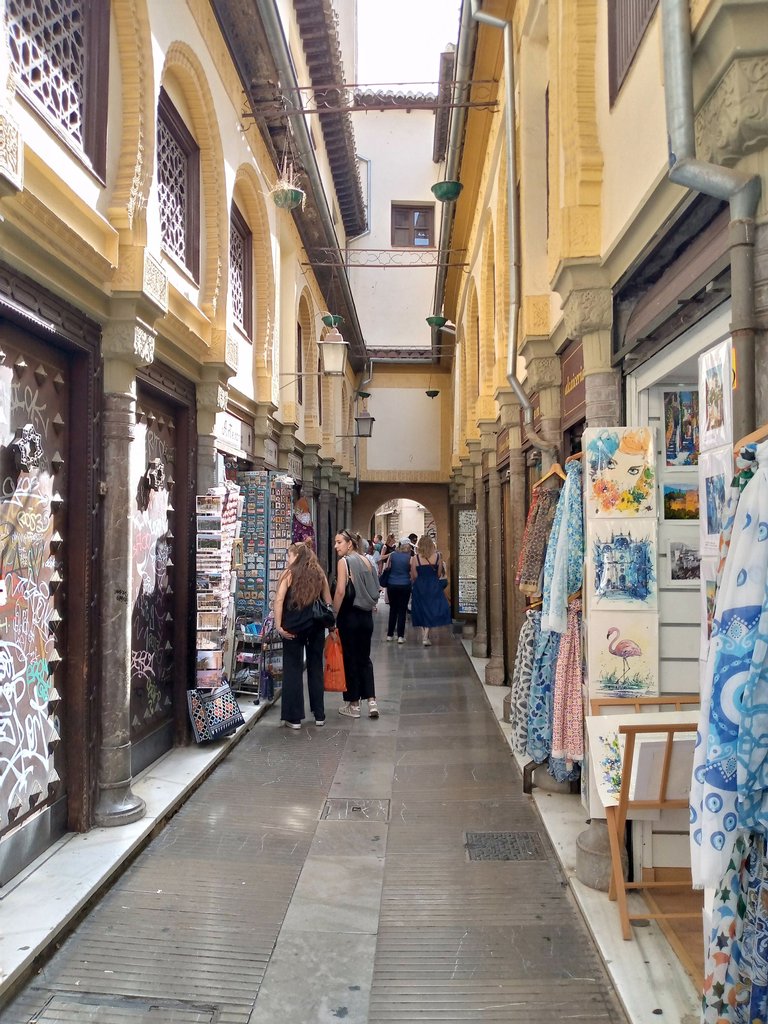
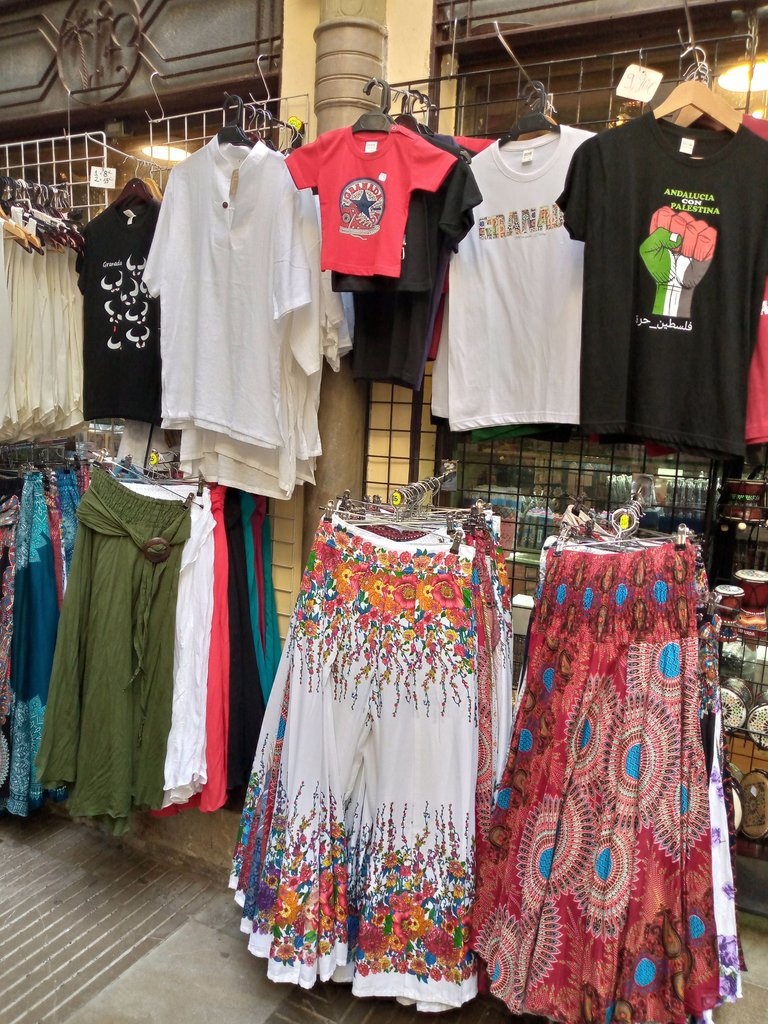
In the south of Spain, even in the 21st century, there are traces of the seven hundred years of Arab occupation in the architecture, in the accent of its inhabitants, in the food. In the big avenues like Gran Via you can see modern buses, luxury stores, ice cream parlors, as in any big city, but when you walk in the historic center you travel back in time, next to modern buildings you can find a Roman viaduct. Various times and cultures coexist in the city. All of them attract you, if like me, you like history and art.
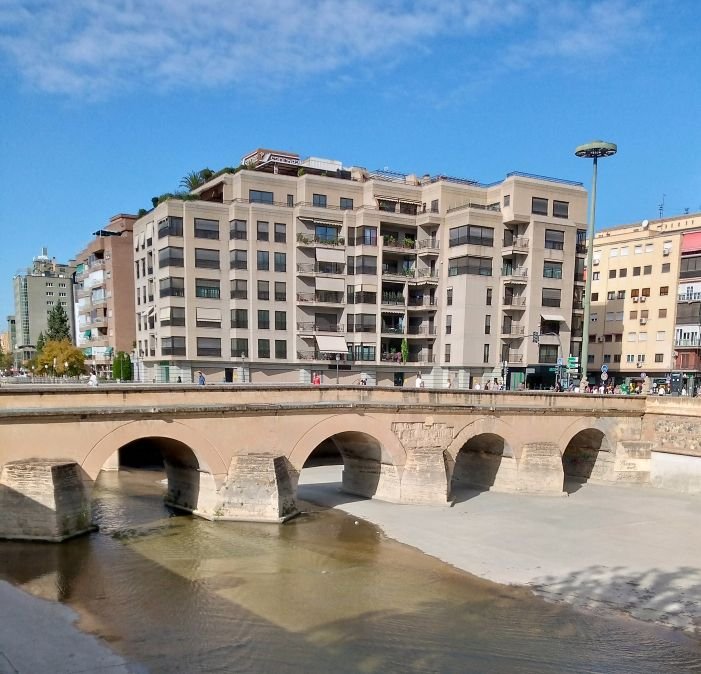
roman bridge, Granada
Throughout the city you can find many nice places with tables on the sidewalks to eat or sit and drink beer or wine.
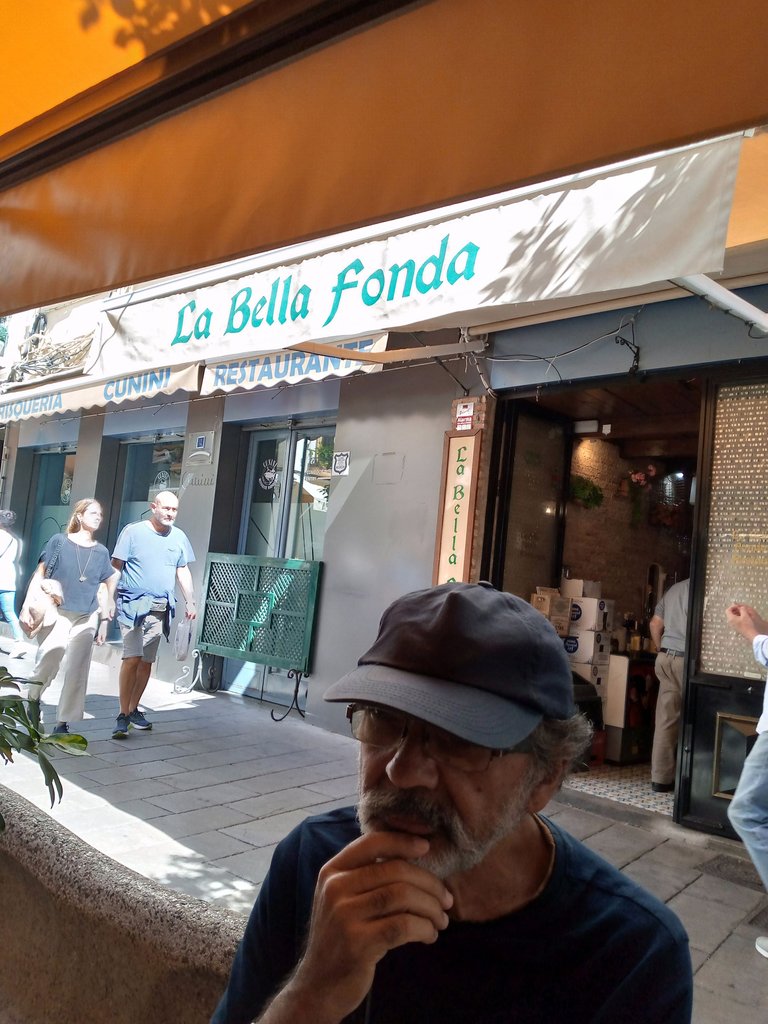
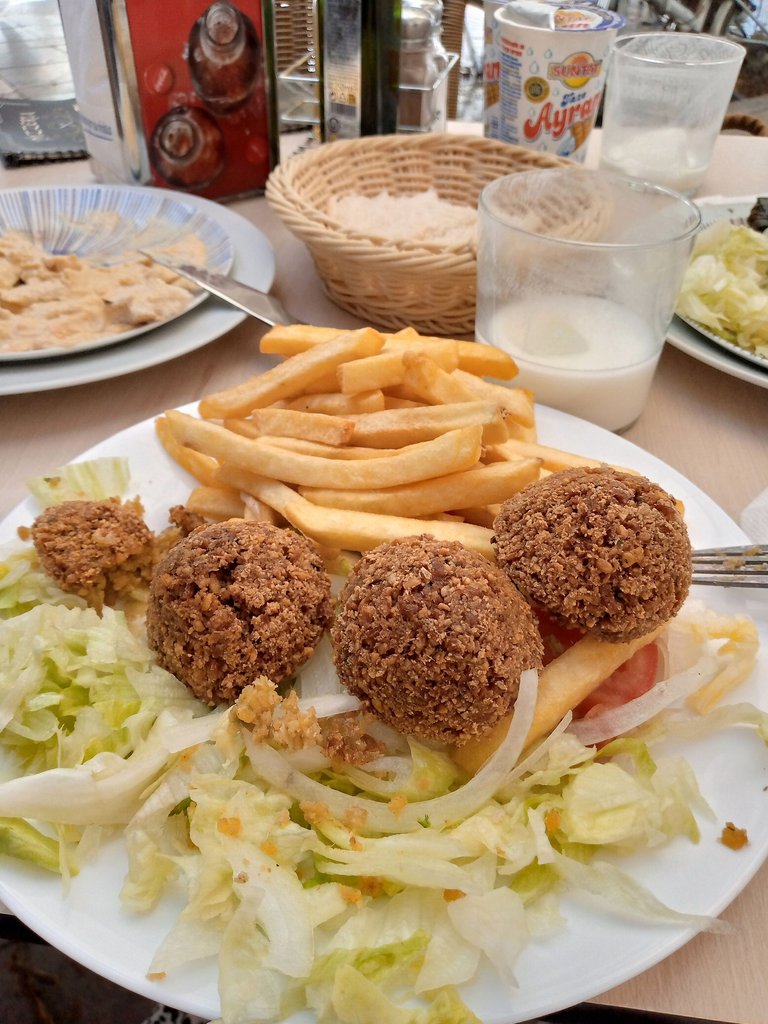
eating Falafel, arabian food
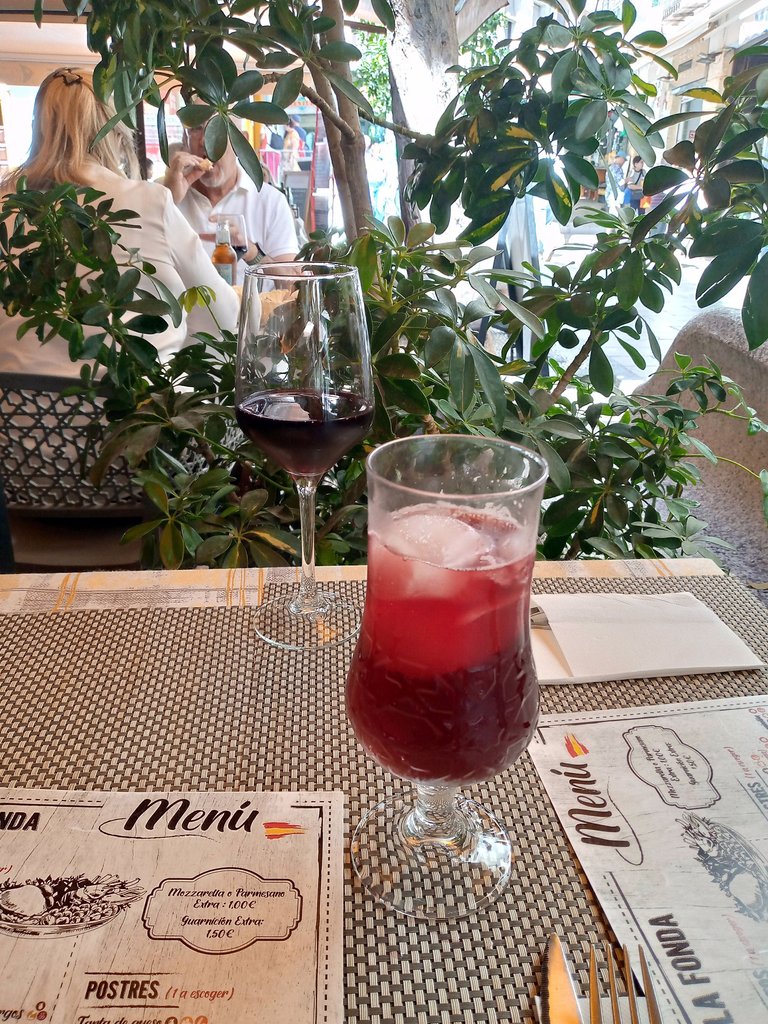
drinking sangria (wine with fruits) and wine
You can also find street musicians and singers of various styles throughout the city. While I was in Granada I had the opportunity to listen to the outstanding Peruvian guitarist Alfredo Muro, currently living in Spain, in the auditorium of the Escuela Técnica Superior de Ingeniería of the University of Granada, who performed pieces by great Latin American and Brazilian composers such as Jobim, Eduardo Falú, Astor Piazzola, Garoto, Baden Powell and Isaac Albeniz. It was an extraordinary concert.
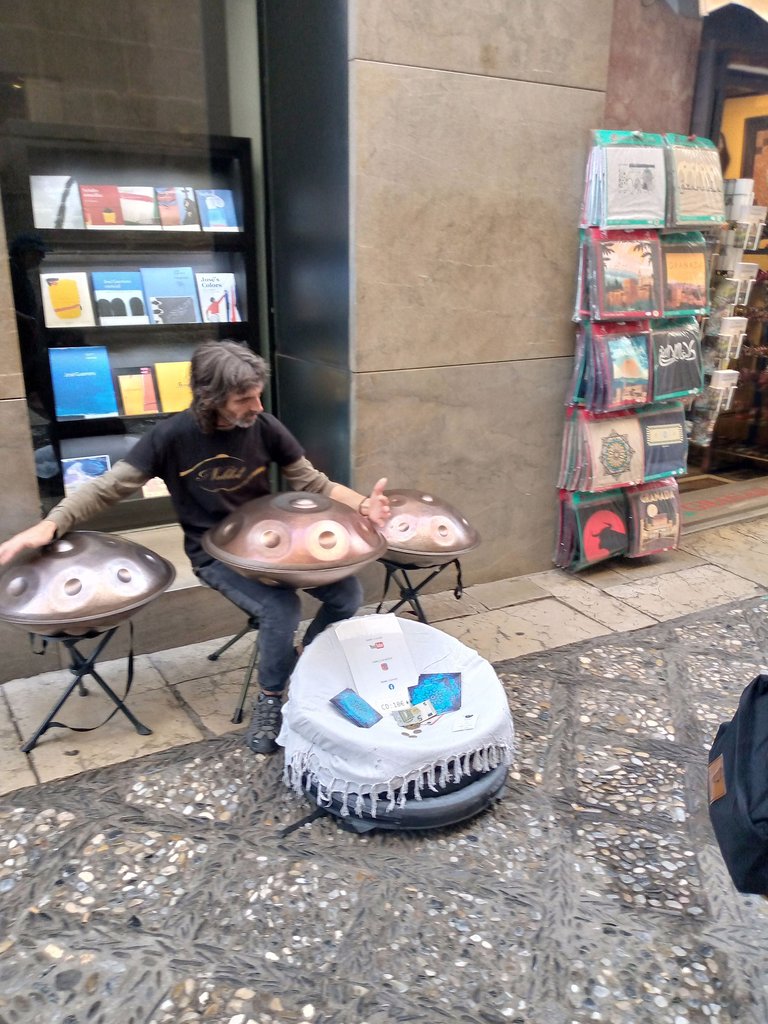
street musician
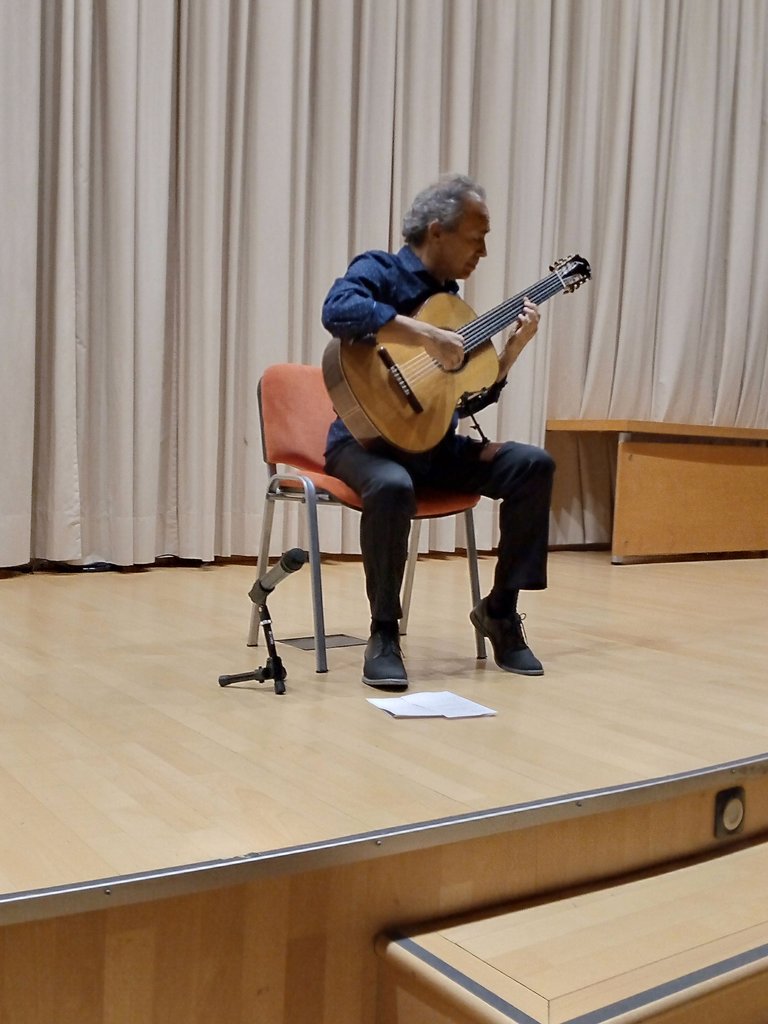
guitar player Alfredo Muro
The cathedral
The most important architectural monument you can visit in the historic center of the city is the cathedral. It was built over the Great Nasrid Mosque of Granada at the beginning of the 16th century, in the Renaissance period, after the Catholic kings reconquered the city. The kings commissioned its construction to the architects Juan Gil de Hortañón and Enrique Egas, who took as a model the cathedral of Toledo. En el siglo XVII el arquitecto Alonso Cano reforma la fachada e introduce elementos arquitectónicos barrocos.
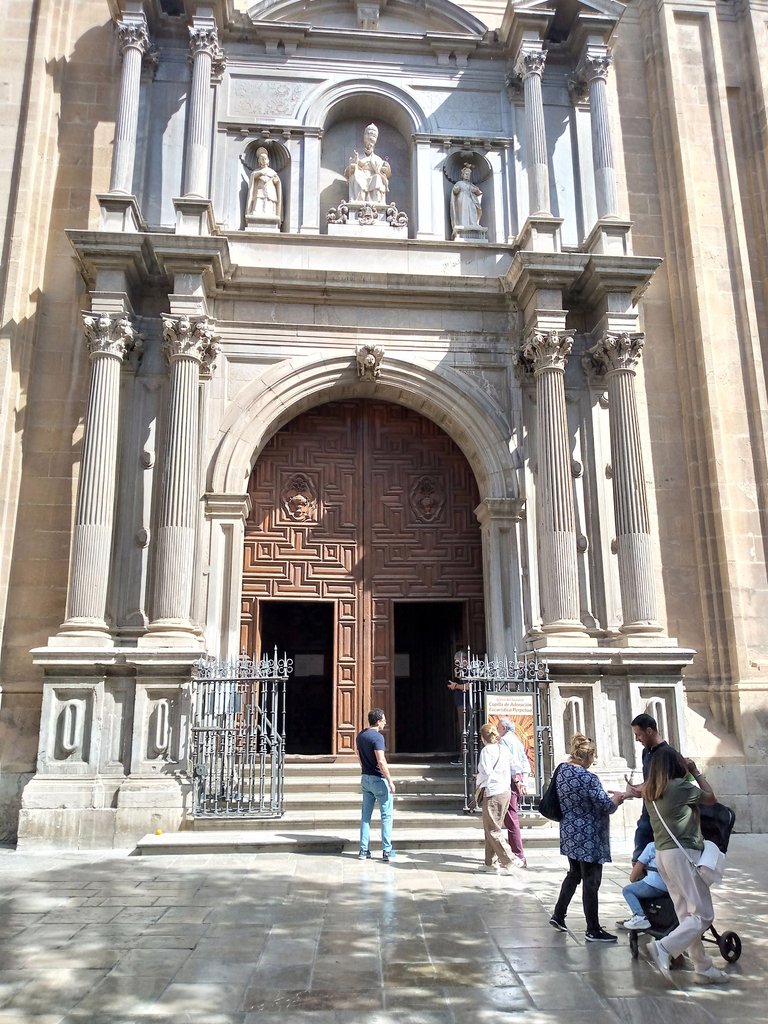
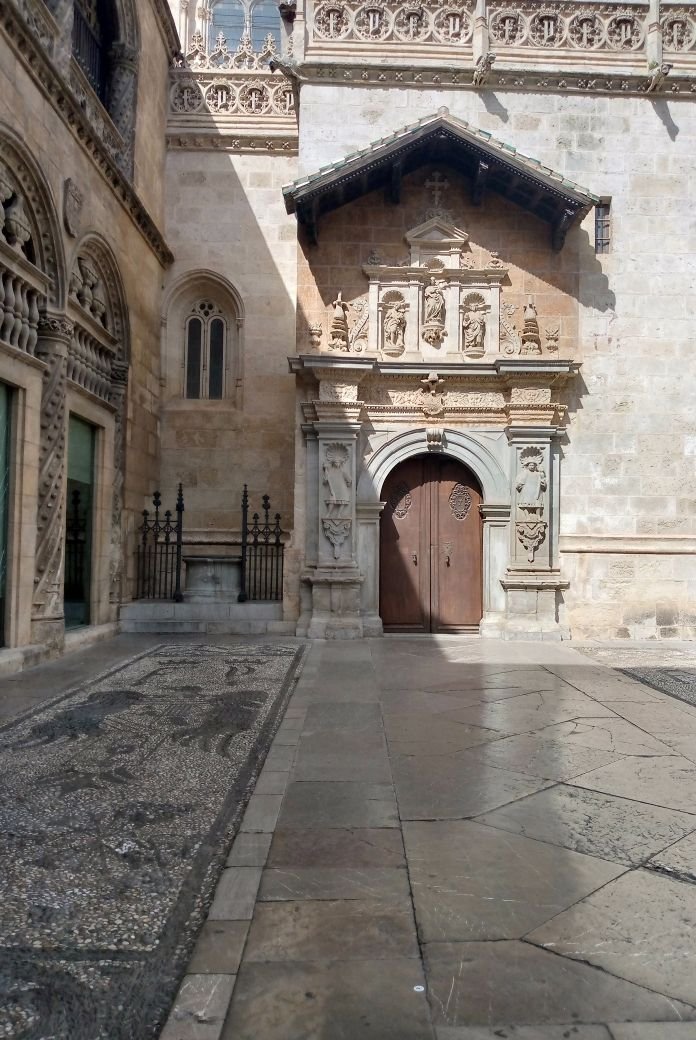
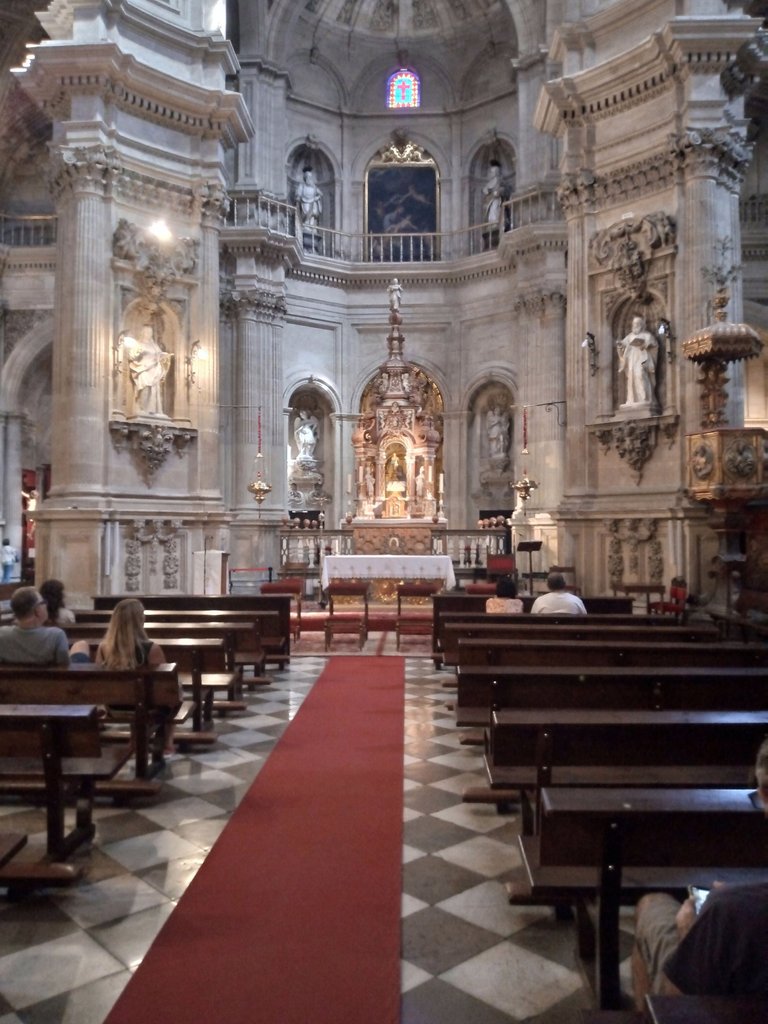
The Alhambra
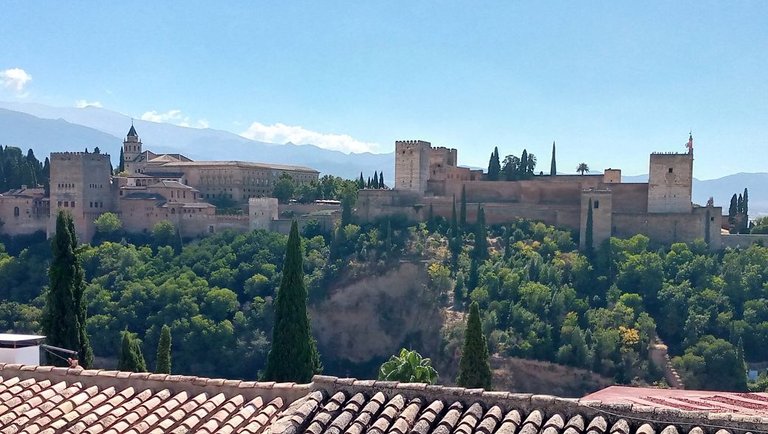
panoramic view of the Alhambra from El Albaicín
The Alhambra is one of the most attractive architectural monuments of Granada, of Spain and of the Hispano-Arabic culture. This palace-fortress was built during the 13th and 14th centuries, at the time when the Iberian Peninsula was occupied by the Arabs, during the reign of the emirs Yusuf I and Mohamed V. It is considered the culmination of Nasrid art. Like most medieval architecture it was built in stone, which was the most solid building material of that time. More than a century later its imposing spaces are still standing. Its location in one of the highest points of Granada, had strategic reasons, it allowed to observe the city and also its imposing spaces were contemplated by the subjects who lived in it, it was a symbol of power. On this first visit I did not manage to enter all the spaces, but I share with you some photos of the ones I was able to visit.
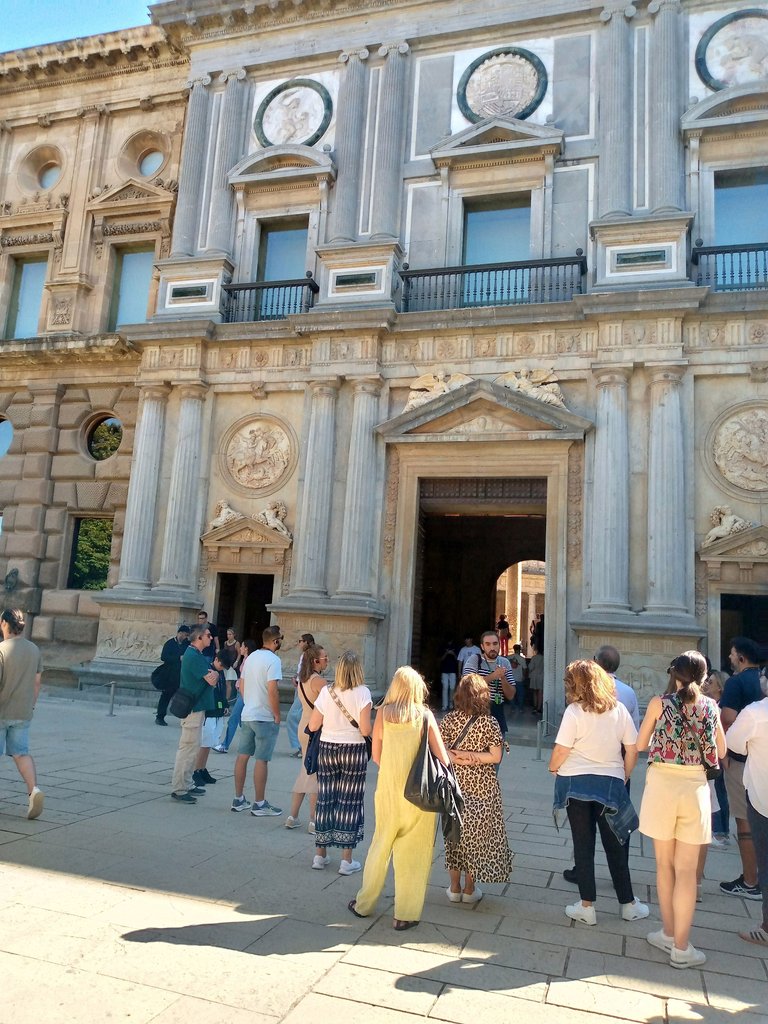
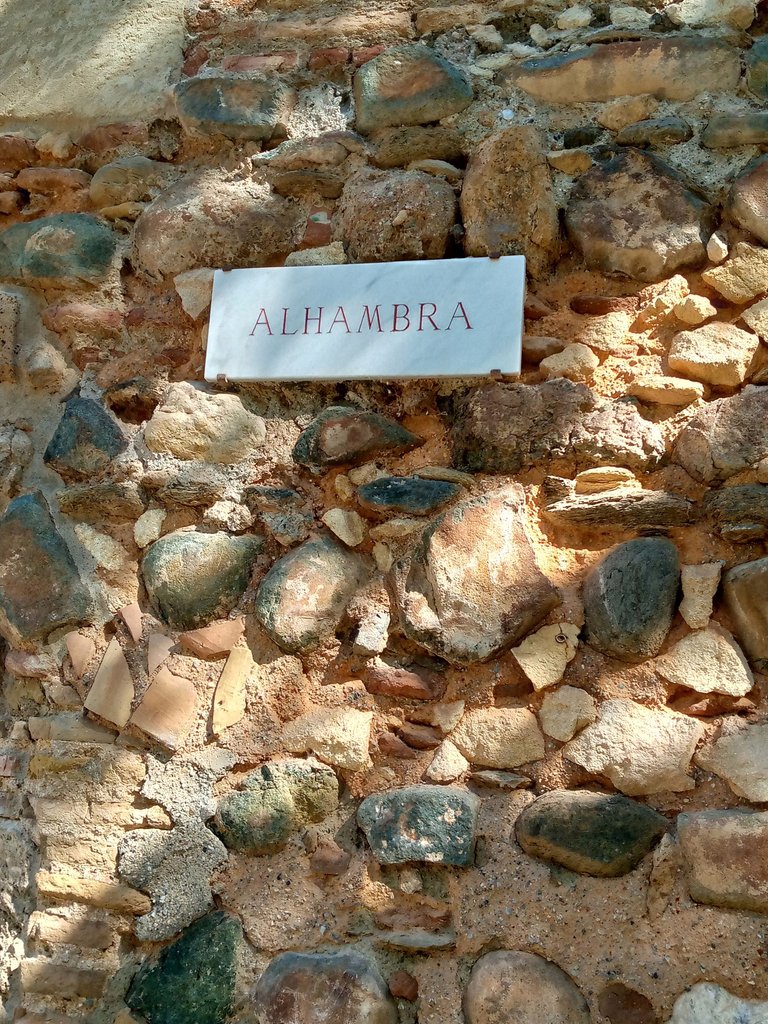
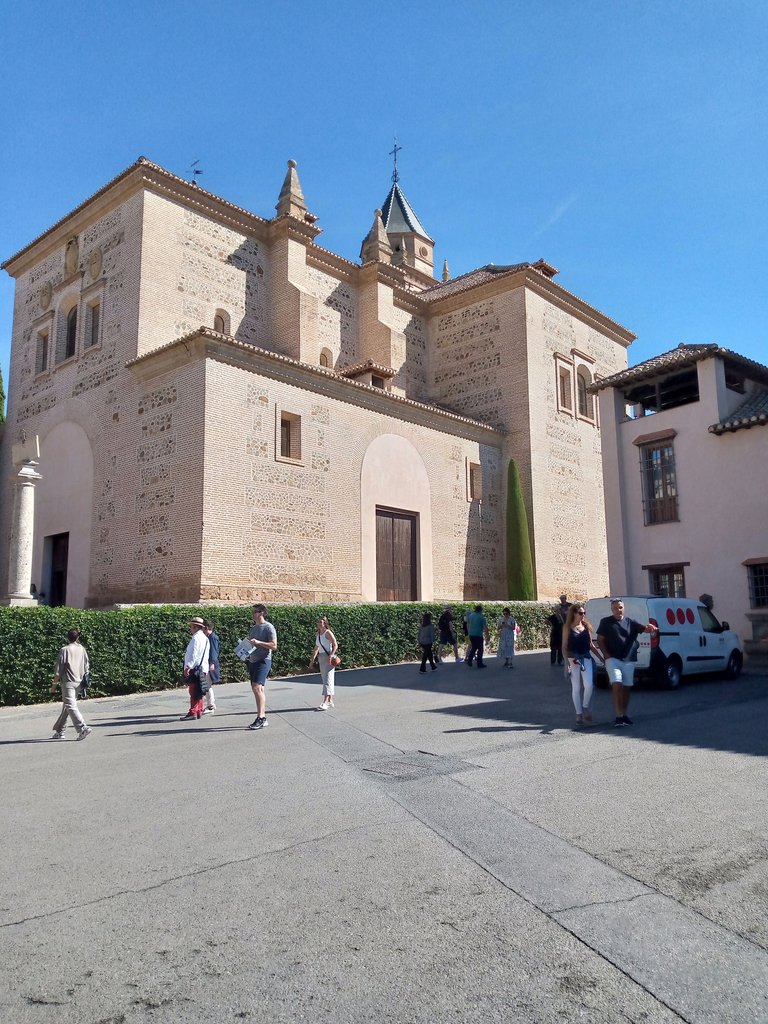
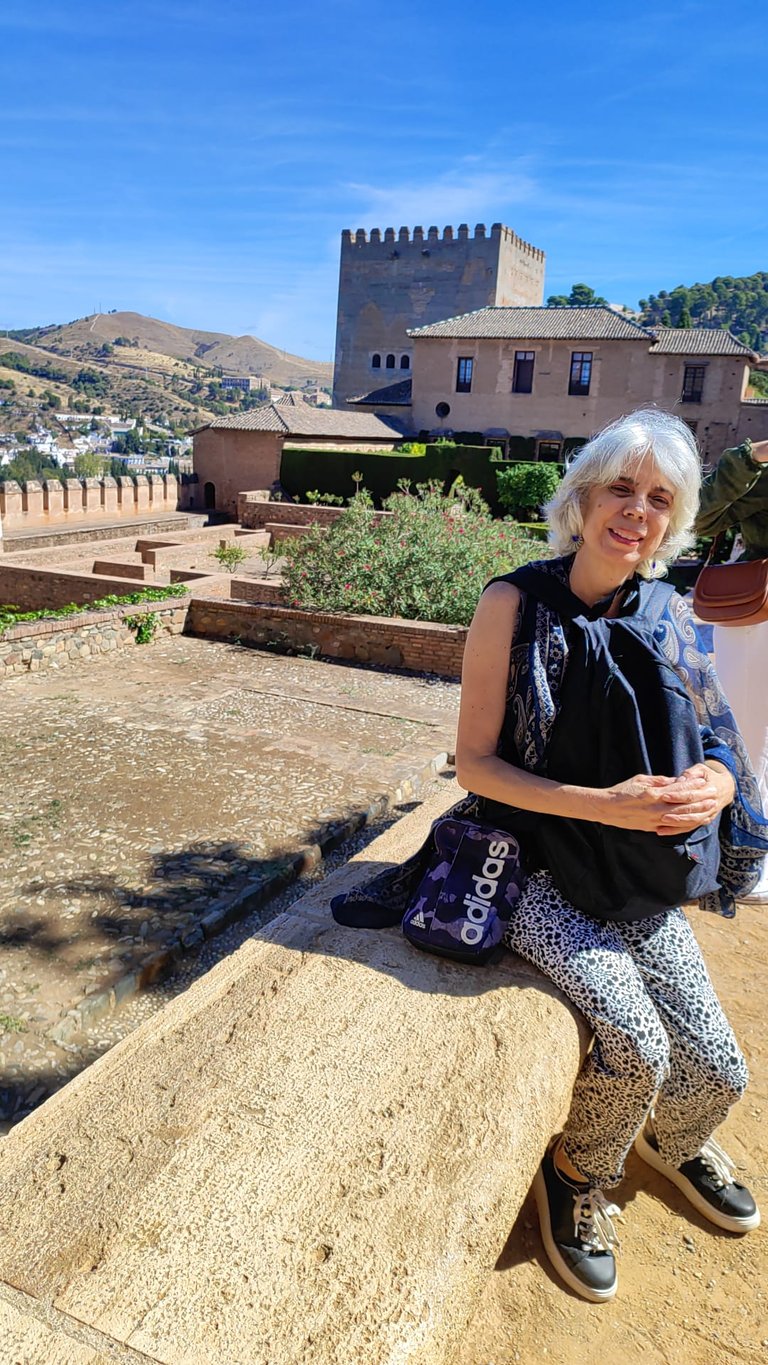
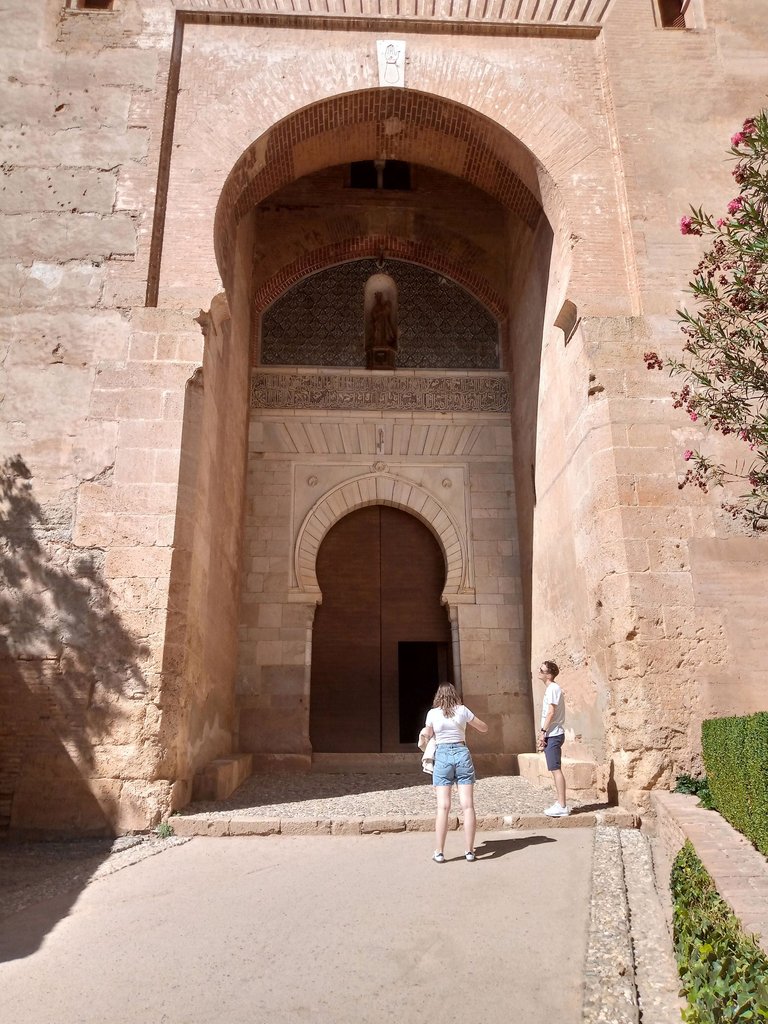
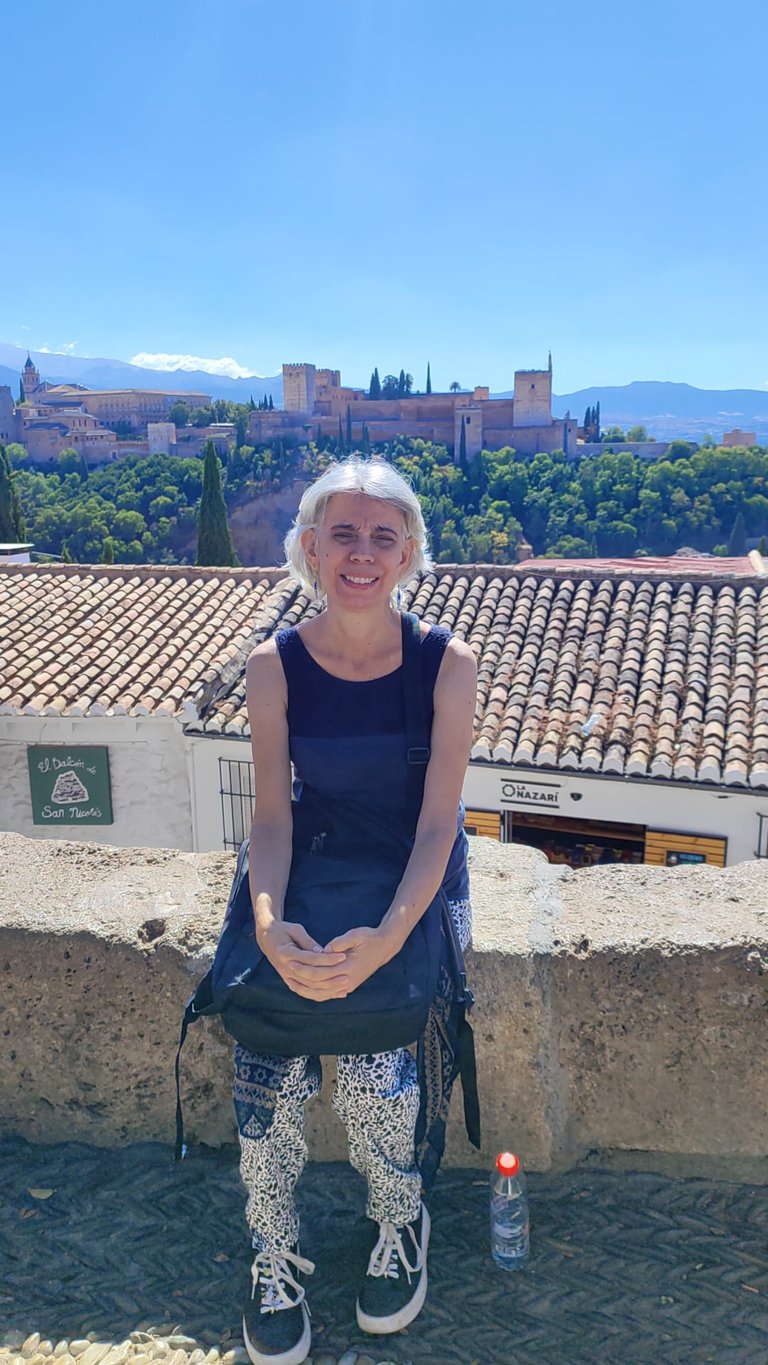
Palace of Charles V, Museum of Fine Arts
Within the architectural complex is the Palace of Charles V, whose construction began in 1526, after the emperor's wedding in Seville and his subsequent visit to Granada that summer. Today the building houses the Museum of Fine Arts of Granada, where you can see paintings and sculptures from different periods.

photo of the interior courtyard of the Palace of Carlos V
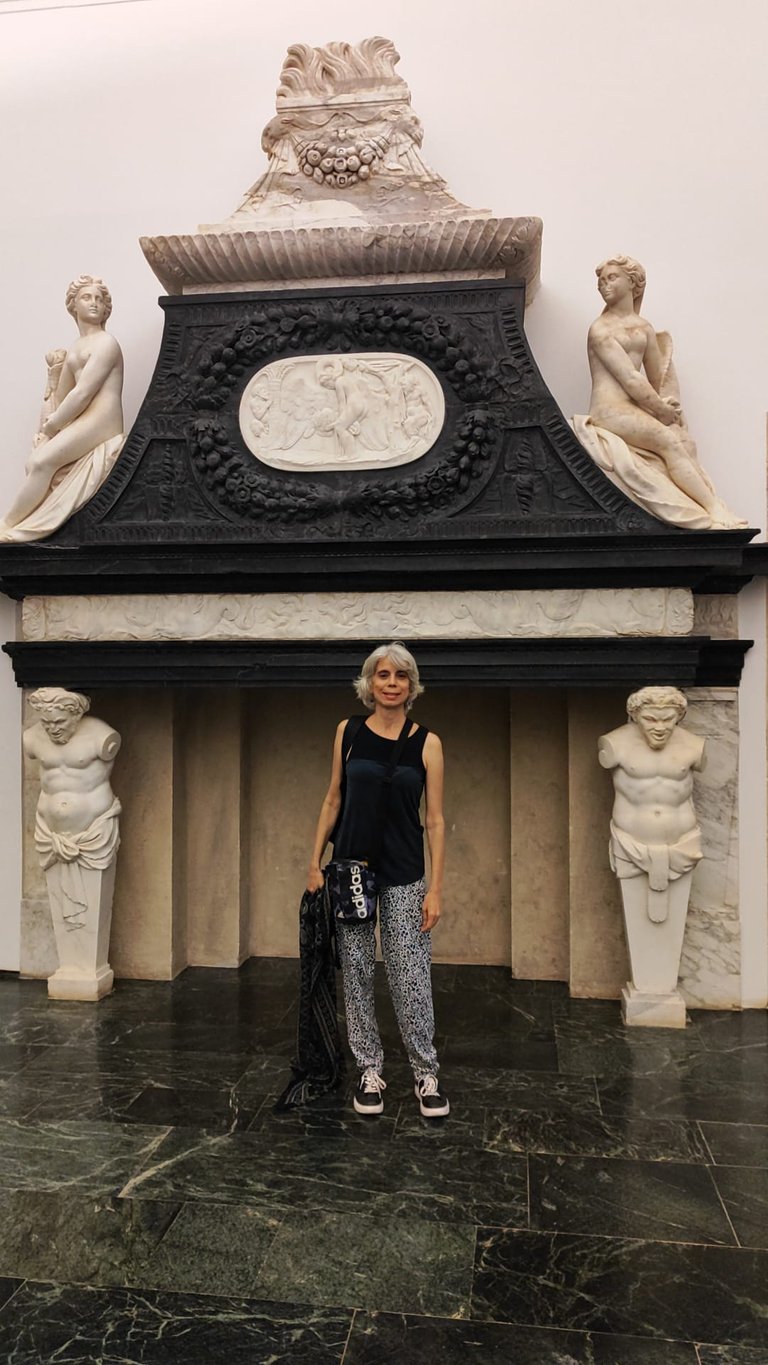
Museum of Fine Arts, Palace of Charles V (me)
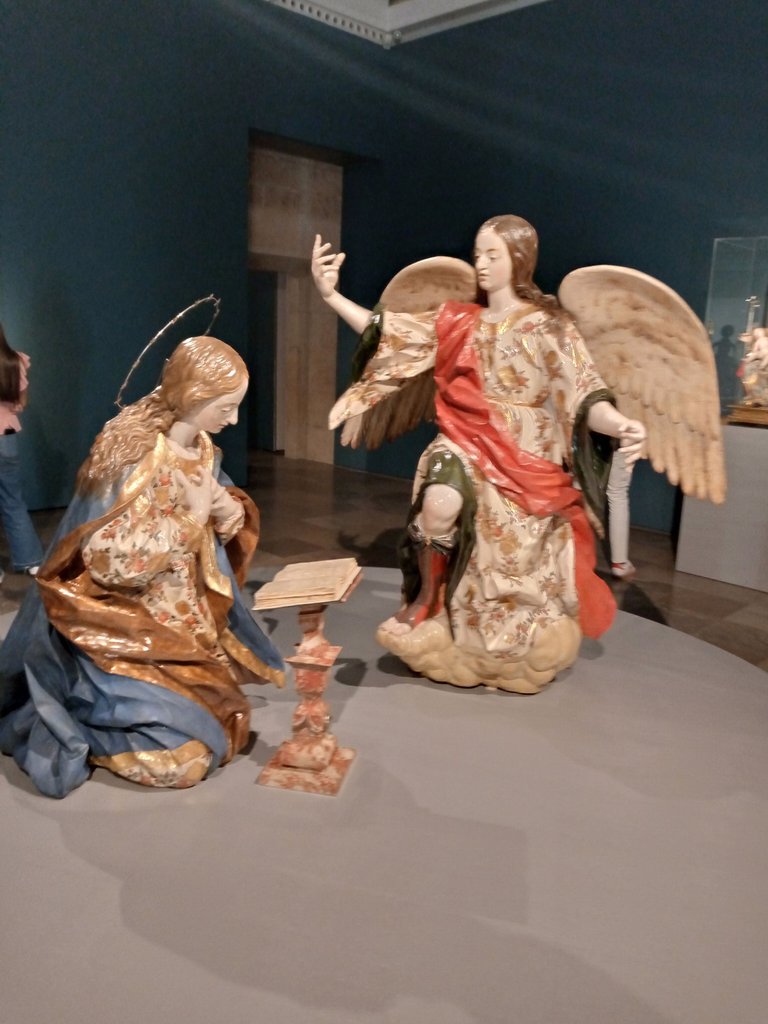
Museum of Fine Arts, Palace of Charles V (sculpture "The Annunciation" (1740-1750) by Torcuato Ruiz Del Peral")
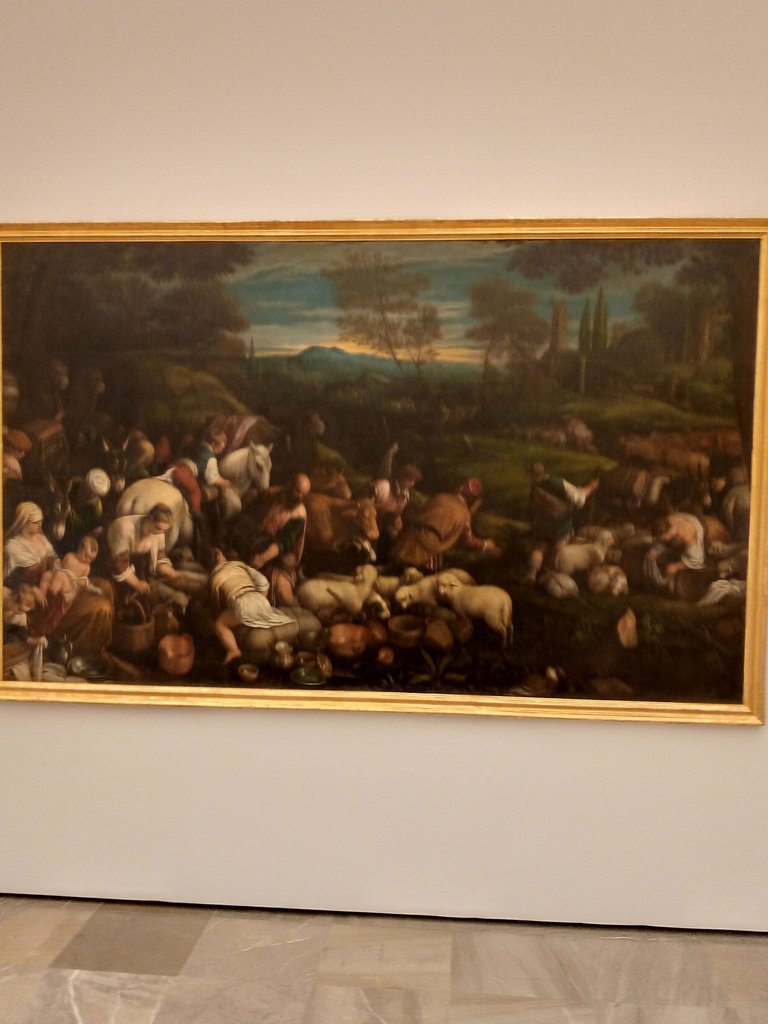
Museum of Fine Arts (painting "Jacob's Dream" (1600) by Leandro Bassano)
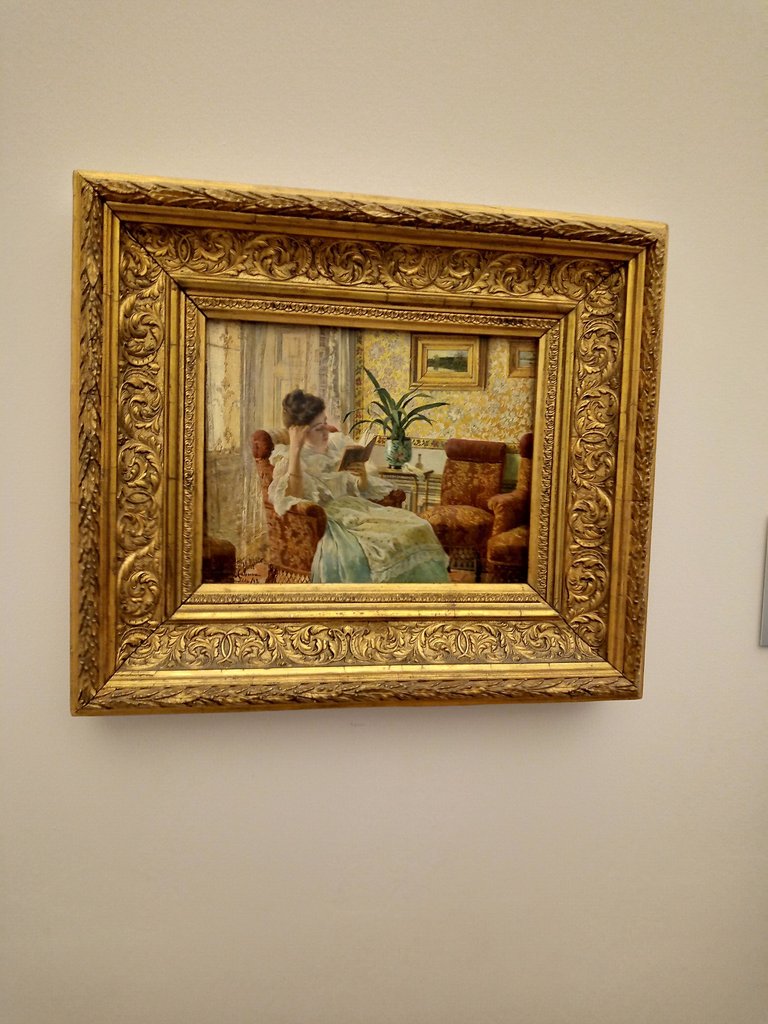
Museum of Fine Arts (painting "Woman reading" by Ricardo López Cabrera)

I really enjoyed my visit to Granada, a city where ancient Spanish-Arabic history and a pleasant modern city of restaurants, cafes and musicians coexist nicely. Thank you for your reading, I hope you also enjoyed accompanying me.
the pictures you see were taken with my cell phone camera.
I am not an English speaker so I used Deepl.com translator to translate my text into English.




































Bea, since you posted I read it and saw the photos, but I wanted to take the time to comment. I am very happy for your trip. It's what a poet like you needs, to travel, to accumulate new experiences and visions.
Yo estaría flipando en colores frente a toda esa maravillosa arquitectura, las vistas y los castillos. Se te ve muy feliz.
I send you a hug and thank you for this nice post.
Enjoy a lot, Bea.
If I liked this publication and this trip through the history, culture, tradition, architecture, gastronomy and everything about this city that you show us, I imagine that your first trip to Spain was spectacular.
The images you show are very beautiful and show the beauty of that city.
Thanks for sharing.
Happy weekend.
Health and greetings.